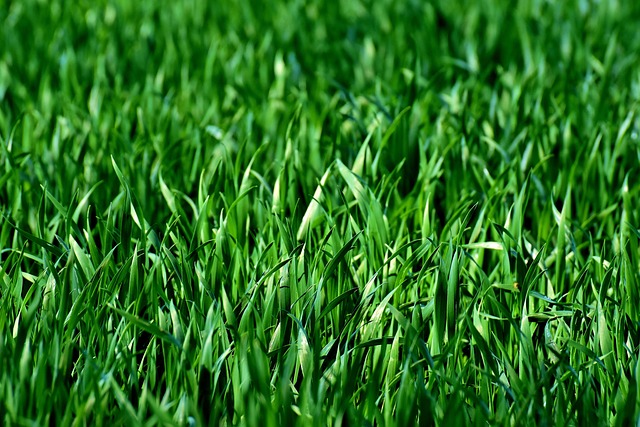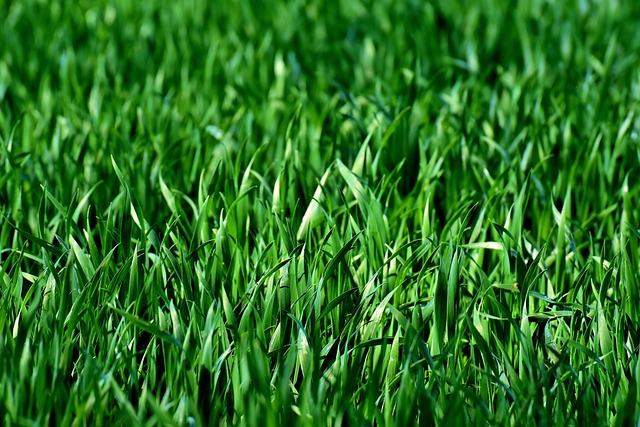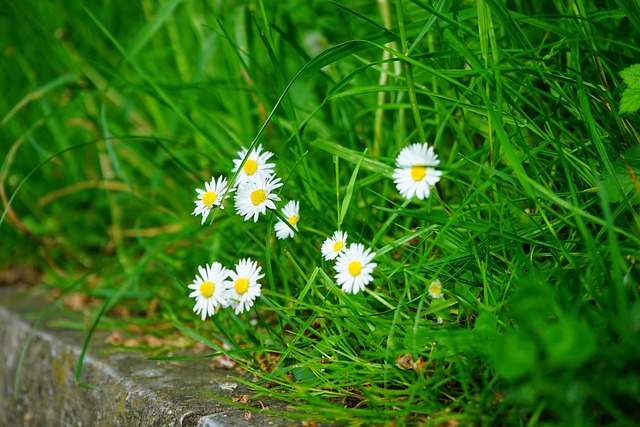To prepare your lawn for summer heat in Centennial, maintain taller grass (2-3 inches), mow consistently at 3-4 inches, water during early mornings, and apply slow-release fertilizer to ensure a robust, resilient lawn that can withstand high temperatures and reduced water availability.
In Centennial, preparing your lawn for summer heat is crucial. This guide explores how understanding grass growth patterns specific to our climate allows for optimal mowing height adjustments. By optimizing mowing heights during heatwaves, you can maintain a healthy lawn and reduce water usage. Learn how to navigate the challenges of summer with strategies that foster resilience in your Centennial landscape.
- Understanding Grass Growth Patterns in Centennial's Climate
- Optimizing Mowing Heights for Heatwave Conditions
- Maintaining Lawn Health During Summer Heat
Understanding Grass Growth Patterns in Centennial's Climate

In Centennial, with its unique climate characterized by hot summers and varying rainfall patterns, understanding grass growth is crucial for optimal lawn care. Grasses, like most plants, grow at different rates depending on environmental conditions. During the warmer months, when temperatures regularly soar above 90°F (32°C), grasses enter a rapid growth phase, making proper mowing height adjustments essential for their health and aesthetics.
Preparing your lawn for summer heat involves recognizing that shorter grass doesn’t always mean healthier lawns in Centennial’s climate. Lower mowing heights can lead to increased water loss and stress on the grass, especially during prolonged hot spells. Adjusting your mower settings to maintain a slightly taller grass height (around 2-3 inches) allows for better shade and moisture retention, fostering a stronger and more resilient lawn capable of withstanding the challenges of Centennial’s summer heat.
Optimizing Mowing Heights for Heatwave Conditions

In Centennial, preparing your lawn for the sweltering summer heat involves adjusting mowing heights to support grass health during extreme conditions. During heatwaves, taller grass shades the soil, reducing water loss and providing a cooler microclimate for roots to thrive. Ideally, set your mower to a height of 3-4 inches (7.6-10.2 cm) to strike this balance. This higher cutting height allows for better sunlight penetration, encouraging deeper root growth that can withstand the stress of high temperatures and reduced water availability.
Additionally, maintaining consistent mowing at the optimal height encourages grass to develop a stronger root system, enhancing its ability to access nutrients and moisture. In Centennial’s hot summers, these adjustments are crucial for keeping your lawn healthy and vibrant. Remember, while taller grass may look unkempt to some, it’s a strategic practice that prepares your lawn for heatwave conditions, ensuring a lush and resilient outdoor space come summer’s end.
Maintaining Lawn Health During Summer Heat

In Centennial, preparing your lawn for the summer heat involves adjusting mowing heights to accommodate the season’s unique demands. During hotter months, taller grass provides better shade for the soil and helps insulate it from extreme temperatures, promoting healthier root growth. Aim to mow no shorter than 3 inches to maintain this protective layer.
Additionally, consistent watering—preferably in early morning hours—is crucial, as it allows grass to absorb moisture without rapid evaporation. Fertilization can also aid in maintaining lawn health; choose a slow-release fertilizer designed for warm-season grasses to ensure nutrients are available throughout the summer. These adjustments will contribute to a robust and resilient Centennial lawn capable of enduring the heat while preserving its beauty.
In preparing your lawn for the summer heat in Centennial, understanding grass growth patterns and adjusting mowing heights accordingly is key. By optimizing cutting heights during heatwaves, you can ensure your lawn remains healthy and resilient. Maintaining a balanced approach to lawn care during this challenging season will not only preserve aesthetics but also contribute to a vibrant, sustainable outdoor space.
